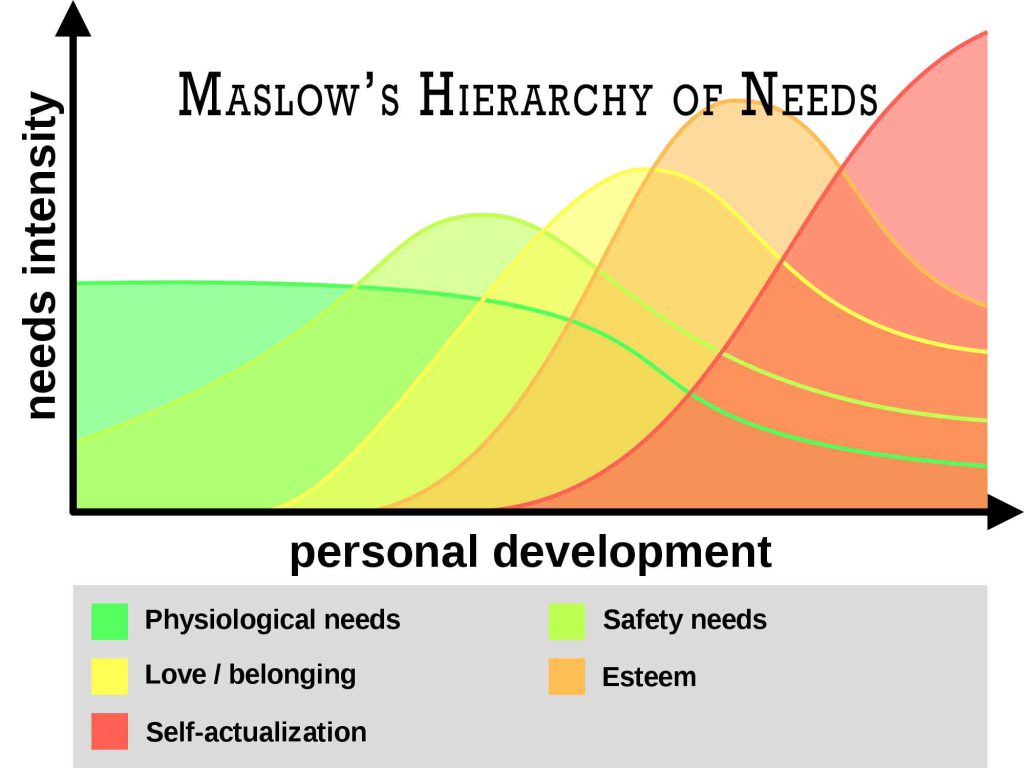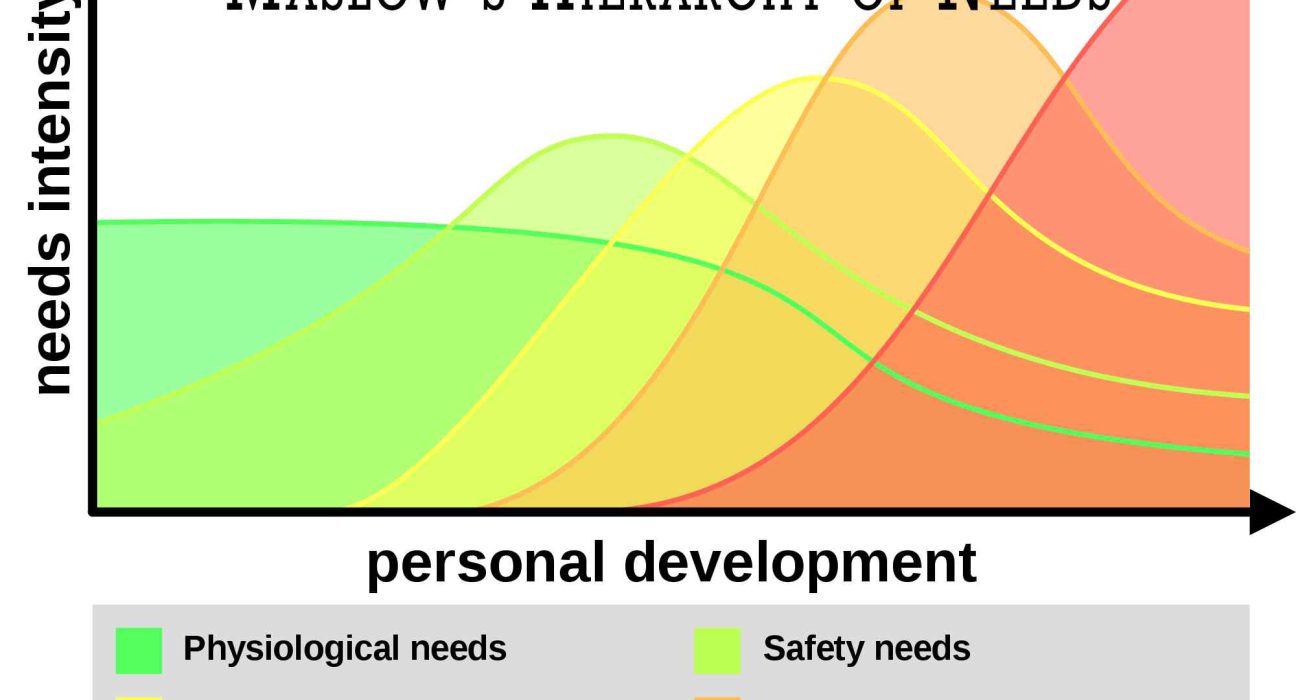Motivational theories are critical in providing significance for the employee’s work. They explain employee retention and define how employee motivation impacts the whole organization. Through several psychological factors, employee motivation determines the behavior of employees as a group.
These factors are external and internal, and they help to provide passion and create determinism in them. Balancing various activities in the organization paves the way for business operations.
Maslow’s Hierarchy of Needs is a way that provides motivation. Leaders and management seek influential factors that can help employees, motivate them, and provide guidelines. Motivational theories are a powerful tool to assist employees in this regard.
Maslow’s Hierarchy of Needs Five Stages
Maslow’s Hierarchy of Needs is a famous motivational theory defining satisfaction needs. The method given by Abraham Maslow is significant. Human beings are inclined to satisfy five basic needs, and these requirements are arranged inder hierarchical or.
1) Physiological needs point sleep, hunger, and thirst, i.e., fundamental needs
2) Safety needs such as safety from pain, freedom acquisition, and protection from any harm
3) Social needs are familiar, such as social activities, friendship, and love
4) Esteem needs count appreciation, self-confidence, and recognition
5) It is self-actualization that refers to performing at your best level
These attributes are motivational for employees and can work best for them. It is wise to call them progressive because these are fundamental needs and primary requirements for a person.

Workers can perform well if they are provided with all these values.
Motivation boosts business operations, provides quality work, and never lowers workers’ self-esteem. The satisfied need acts as a modifier for the worker to move towards the next level attribute.
To work with employees, all employers should provide a satisfactory environment to maintain the motivational level. Providing better opportunities to employees enhances work performance and helps them perform at their best.
The Need for Motivation
Ramlall (2004) provided his view in an article on motivational theories. It described the psychological process that determines actions like goal achievement and inclination of passion. It asserts the value of attaining goals compatible with a person’s intent.
If an employee’s goals are consistent with the goals of an organization, it is much more likely for the employee to work in an environment of motivation. Maslow’s Hierarchy of Needs as a motivation is crucial to learn.
The ability to satisfy individual needs is essential for an employer because, in this way, he can deliver positive values to his employees. The satisfaction attained through the theory of motivation is positively related to social acceptance.
The Behavior Approach
The organizational framework provides the scope of future progress, and in a motivational context, this chance becomes exceptionally bright. Through esteem needs, an employee can perform well ahead of others. It helps them to sustain their values and behave in a well-mannered approach.
The desire to get value allows employees to create motivational efforts. It also helps them boost their vision, gain fame, increase status, and get recognition.
Increased worth is comparable to low-esteem employees. Working conditions help promote satisfaction that provides a positive contribution. When employees contribute positively, the environment becomes motivational, and they attain self-fulfillment.

